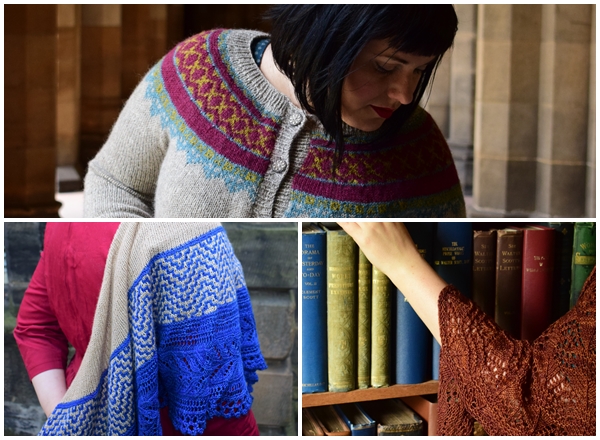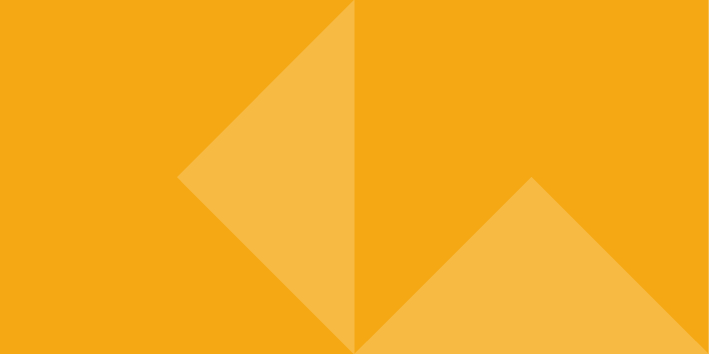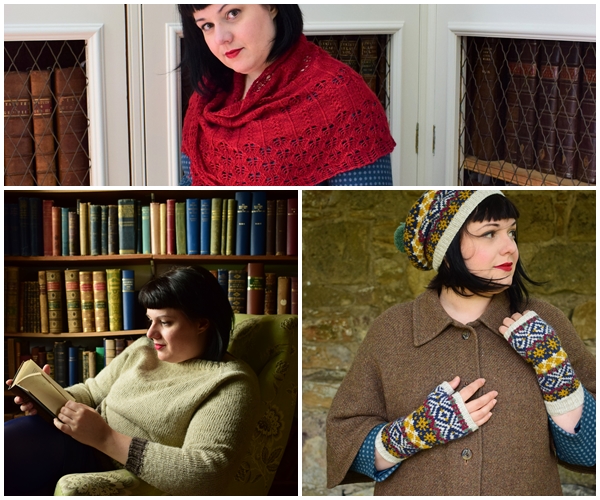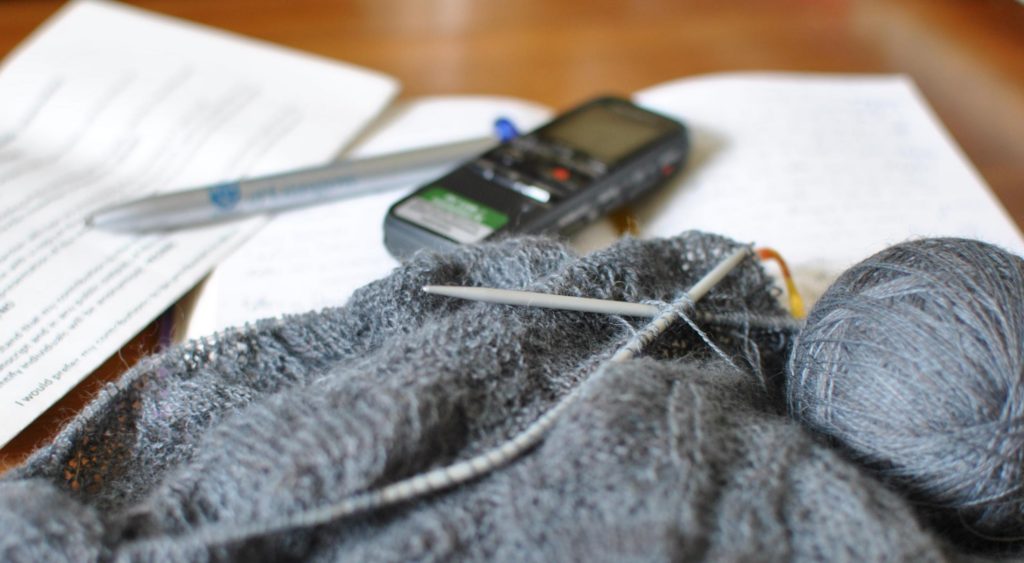 Outside the sun is shining, but the wall planner speaks the truth: we are close to the end of summer here in the Northern Hemisphere. While some people mourn the loss of long summer nights, I am looking forward to the knitting season really starting. While I knit all year, I know many people prefer to wait until the leaves start to turn and the autumn rain sets in. This autumn I am teaching workshops across Europe (see my itinerary here) and I cannot wait to get inspired by all the amazing knitters I meet. Everyone has a story to tell and I love hearing them. Will I see you there? I hope so.
Outside the sun is shining, but the wall planner speaks the truth: we are close to the end of summer here in the Northern Hemisphere. While some people mourn the loss of long summer nights, I am looking forward to the knitting season really starting. While I knit all year, I know many people prefer to wait until the leaves start to turn and the autumn rain sets in. This autumn I am teaching workshops across Europe (see my itinerary here) and I cannot wait to get inspired by all the amazing knitters I meet. Everyone has a story to tell and I love hearing them. Will I see you there? I hope so.
As I wrote in a recent Kickstarter update, my work on my book, This Thing of Paper, is pretty much done now. All the patterns are designed, written, edited, and photographed. All the essays are done as are the schematics. I live with a pile of cardboard boxes in my tiny kitchen — they are all full of Kickstarter backer perks. At the moment I am writing tutorials for this website as well as stories I could not fit into the book (though it will be more than 100 pages long!). I am itching to share all the hard work with you.
So where is the book?
I'm looking at my wall planner and today feels quite awful. I had PRINT! written in big letters on today's day, but we ran into unforeseen production delays exactly two weeks ago. I have done what I could from my end, but ultimately these delays are beyond my control. I join you in feeling very frustrated, but I can tell you that I'm really proud of what my small team has produced. While I'm the designer, author, and creative director of This Thing of Paper, the book is very much a real team effort. I'll be introducing you to the designs, the ideas, and the amazing team in future blog posts as we gear up for launch date.
As for knitting, I'm in the peculiar situation of having a tonne of things to show you, but also being a bit in limbo. I have a distinct sense of not being able to turn the last few pages of This Thing of Paper just yet. There are a few collaborations in the pipeline, though, and I'm easing my way back into design concept work. I also have a cardigan on my needles and some swatches of ideas I cannot resist.
For the first time in a year I am back to reading non-work related books(!) and my first proper read was Emily St John Mandel's Station Eleven. In hindsight, a post-apocalyptic novel set in near-future North America was probably not the right book for my current mindset. I used to enjoy dystopian fiction, but nowadays I feel I get enough of that from the evening news. Then I read Meredith Duran's A Lady's Code of Misconduct which worked much better for me — despite its constant reminder of the despicable callousness of British politicians which is also way too real. Duran writes intelligent and densely plotted historical romances; I recommend her The Duke of Shadows, a damming indictment of British colonialism and imperialism in 19th century India (the cover is terrible, I know). Misconduct isn't quite Shadows, but it was equally engaging and infuriating as its central characters clearly struggled with the options within a rigid Victorian society. I have also been dipping in and out of Nasty Women (which shares certain themes with both Duran and Mandel).
Recommendations for fiction and non-fiction alike are always welcome in the comments. I'm really keen to read beyond authors already amplified by traditional publishing and I will happily support small independent presses. So, let me know what you have been reading lately and what you have on your needles?


 The manuscript has been handed in.
The manuscript has been handed in.


 Inevitably and happily, the two loves intermingled.
Inevitably and happily, the two loves intermingled. 

 This week we are joined by Benjamin G. Wilson, a writer and performer living between Manchester and Cornwall.
This week we are joined by Benjamin G. Wilson, a writer and performer living between Manchester and Cornwall.  Even if I live till 90, even if this is as old as my body ever feels, I’ve done more than a third. There will come a point where there is more behind me than there is in front. It is a cliché, one that will annoy genuinely middle aged people, but I have hit 30, and now I am thinking about death. If these things bother me, if I want to do more, then why don’t I? If these things are important, why not make time?
Even if I live till 90, even if this is as old as my body ever feels, I’ve done more than a third. There will come a point where there is more behind me than there is in front. It is a cliché, one that will annoy genuinely middle aged people, but I have hit 30, and now I am thinking about death. If these things bother me, if I want to do more, then why don’t I? If these things are important, why not make time? Back when I was working on my
Back when I was working on my 
